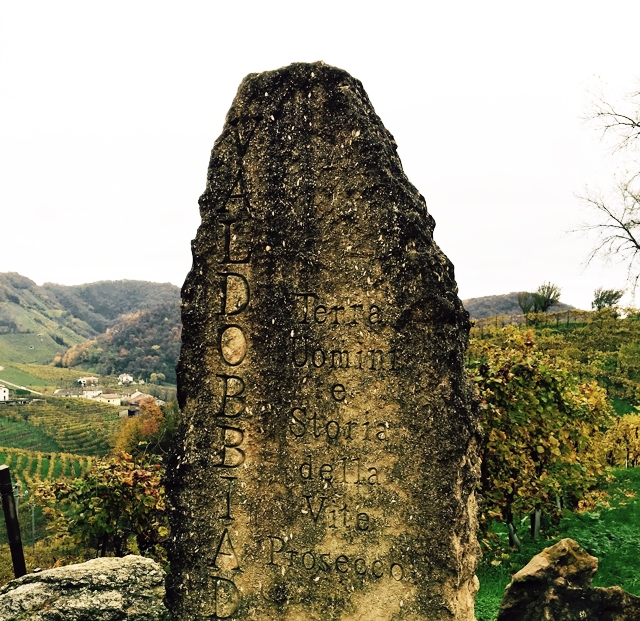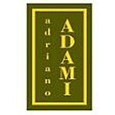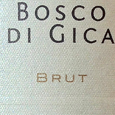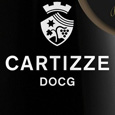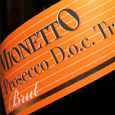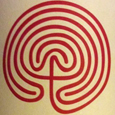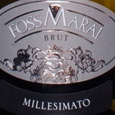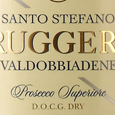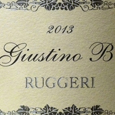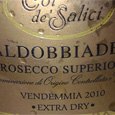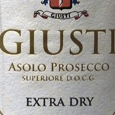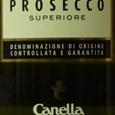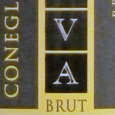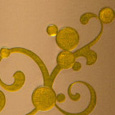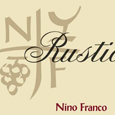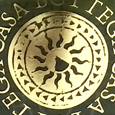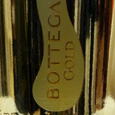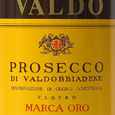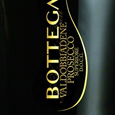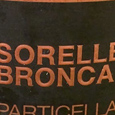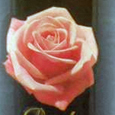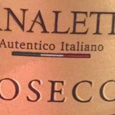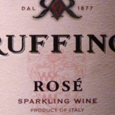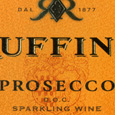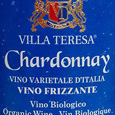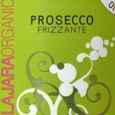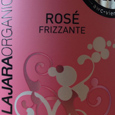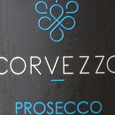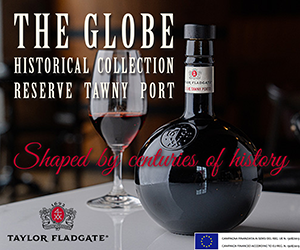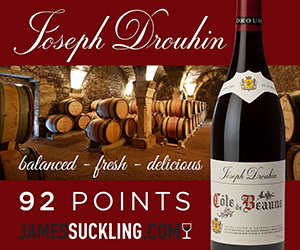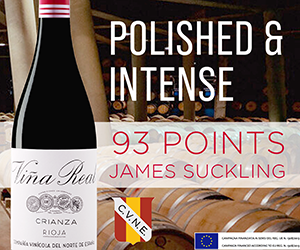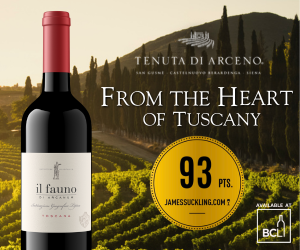Prosecco scoffer, yeah?
Too sweet, too simple, too commercial?
You’re just drinking from the wrong bottles, friend.
Prosecco may be the most successful sparkling wine tale in the world, and it’s no secret why. Basic prosecco is cheap, cheerful, plentiful, easy, and even easier to drink. It’s light-bodied, low alcohol, alluringly sweet, charmingly fragrant (pear, apple, florals), and – giant benefit – bubbles.
In 2010, about 130m bottles were sold, and by 2015 sales had jumped to 306m bottles, at a striking retail value of 515 million Euros. 44 percent of that was for the export market, led by Germany, Switzerland, UK, USA, Austria and Canada.
But there is a whole world outside of the Prosecco you may know, that you need to know.
Place Matters
As with any wine region, the deeper you drill, the more you reveal. The historic heart of the production zone is a hilly area nestled between the towns of Conegliano in the east and Valdobbiadene in the west, a little more than an hour north of Venice. The two towns are approximately 40km away from each other, the terroir is markedly different. Conegliano in the east is a mix of clay-rich glacial, alluvial and morainic soils, yielding richer, fruity and structured wines. In the west, in Valdobbiadene, the soils are ancient seabeds veined with moraine and sandstone, resulting in finessed, finer, floral-scented wines. As you move from east to west the landscape gets progressively more hilly and steeper with Valdobbiadene being the most precipitous.
Prosecco Pyramid
There are five quality levels of Prosecco. Prosecco DOC and Prosecco DOC Treviso (556 and 95 municipalities, respectively) make up the largest group, at the base of the pyramid. Peaking that rests the Colli Asolani DOCG Prosecco Superiore, a thin layer with 17 municipalities from the hilly area of northern central Veneto. From there, you move into the heartland of production, which in other parts of Italy would have been known as the “Classico” zone, but in prosecco’s case could not be because of the possible confusion with metodo classico, or traditional method sparkling wines, which most prosecco is not. Officially recognized in 2009 as the Prosecco di Conegliano Valdobbiadene Superiore DOCG, this covers about 6800 hectares across 15 municipalities. Here, free-draining hillsides and cooler temperatures result in higher natural acids and greater aromatic development, compared to grapes grown on the plains. But it's not just the classic area; vines are older, the glera grape has mutated over the centuries, and under the appellation rules, 10 percent of vineyards are allowed to be plated to verdiso, bianchetta, perera and glera lunga, all imparting their own seasoning to the blend.
The next step up in the quality pyramid are the 43 single vineyards or crus. These single-vineyard Rive (the Venetian dialect for “steep slopes”), have been identified within the Conegliano Valdobbiadene DOCG Prosecco Superiore zone, and often found on the choicest part of the best hillsides. Rive proseccos, by law, are made from lower yields and hand harvested grapes, and must be vintage dated. Some are shared between producers, others are monopoles.
At the top of the pyramid, one large, south-facing hillside area, historically recognized as producing the very top proseccos, has its own appellation: Valdobbiadene Superiore di Cartizze DOCG. Prosecco from the 107 ha Cartizze hill is the most expensive in the appellation (rumoured to be the most expensive wine appellation in all of Europe/HA), often three or four times more than a producer’s regular cuvée. Producers can label their wines Superiore di Cartizze, without the word “prosecco”, to further emphasize the special site. In addition, Cartizze must only be vinified within the Valdobbiadene municipality. 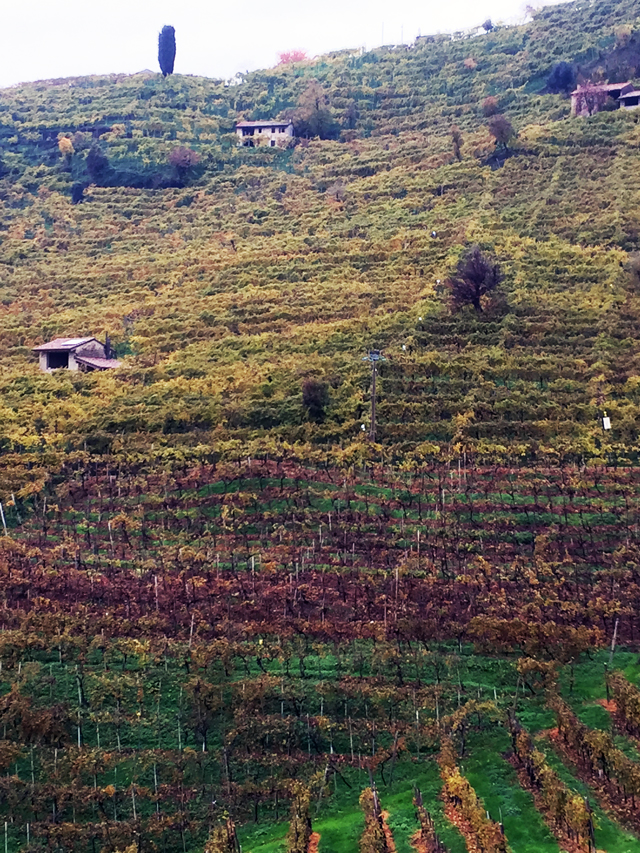
Bemusingly, most Cartizze are quite sweet, up to 32 g/l RS, carring on the traditional hallmark that drags quality Prosecco down. Historically Cartizze could ripen grapes fully, so the sugar levels were higher, and thus, a sweeter wine. However, now Cartizze signifies sweeter, generous Prosecco – which you can also find at much lower price points. Personally, I avoid it unless I know the producer (shhh).
The Exciting Future
Compared to the gloried Cartizze, Rive proseccos, on the other hand, come much more frequently in brut versions (maximum 12 grams of sugar) and some are even zero dosage / brut natural. Naturally, as a wine geek, I seek out these clearer versions of grape and place. If producers are caring about single vineyard wines, they’re paying more attention to what they do – or better yet – not do – to them.
Overall, I see a big shift towards dryer styles. Even though Extry Dry (12-17 g/l sugar) represents nearly 50 percent of production, the Brut category (6-12 g/l) now represents 40 percent of production.
What is really exciting is the proliferation of Col Fondo. Col Fondo signifies ancient method / methode ancestrale, all the rage in France, Italy and beyond, made by bottling still-fermenting must. There are varying levels, some involving disgorgement and filtration, and some left cloudy and without disgorgement. There are probably 12 or so naturalist producers making Col Fondo wines, and worth seeking out for any natural wine fan.
When you start out, you may love the sweet gentleness of Prosecco. Then, with some “palate education” may eschew Prosecco for being sweet and simple and grow bored with writing “pear, apple, flowers” on every note. Now’s when you can look deeper to seek producers striving to show soils and terroir.
We don’t see a lot of Prosecco of place on our market yet, but a few reach our shores. Here are all of the Proseccos, of all styles, tasted over the past year at GOW.

 quicksearch
quicksearch

